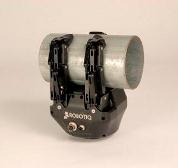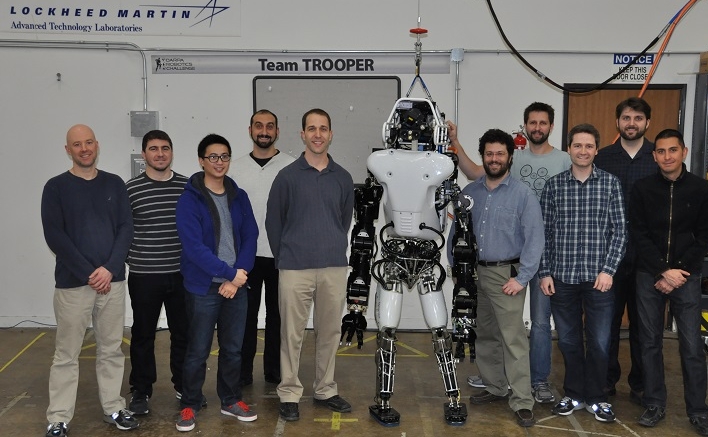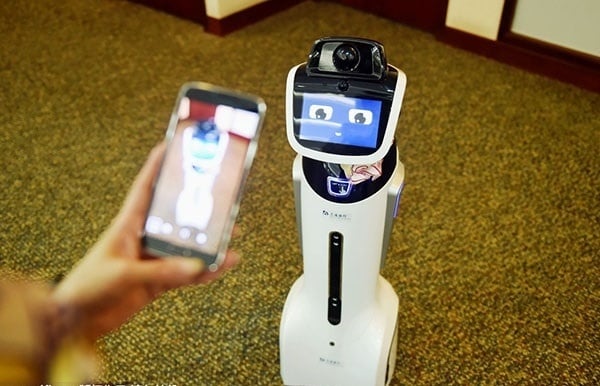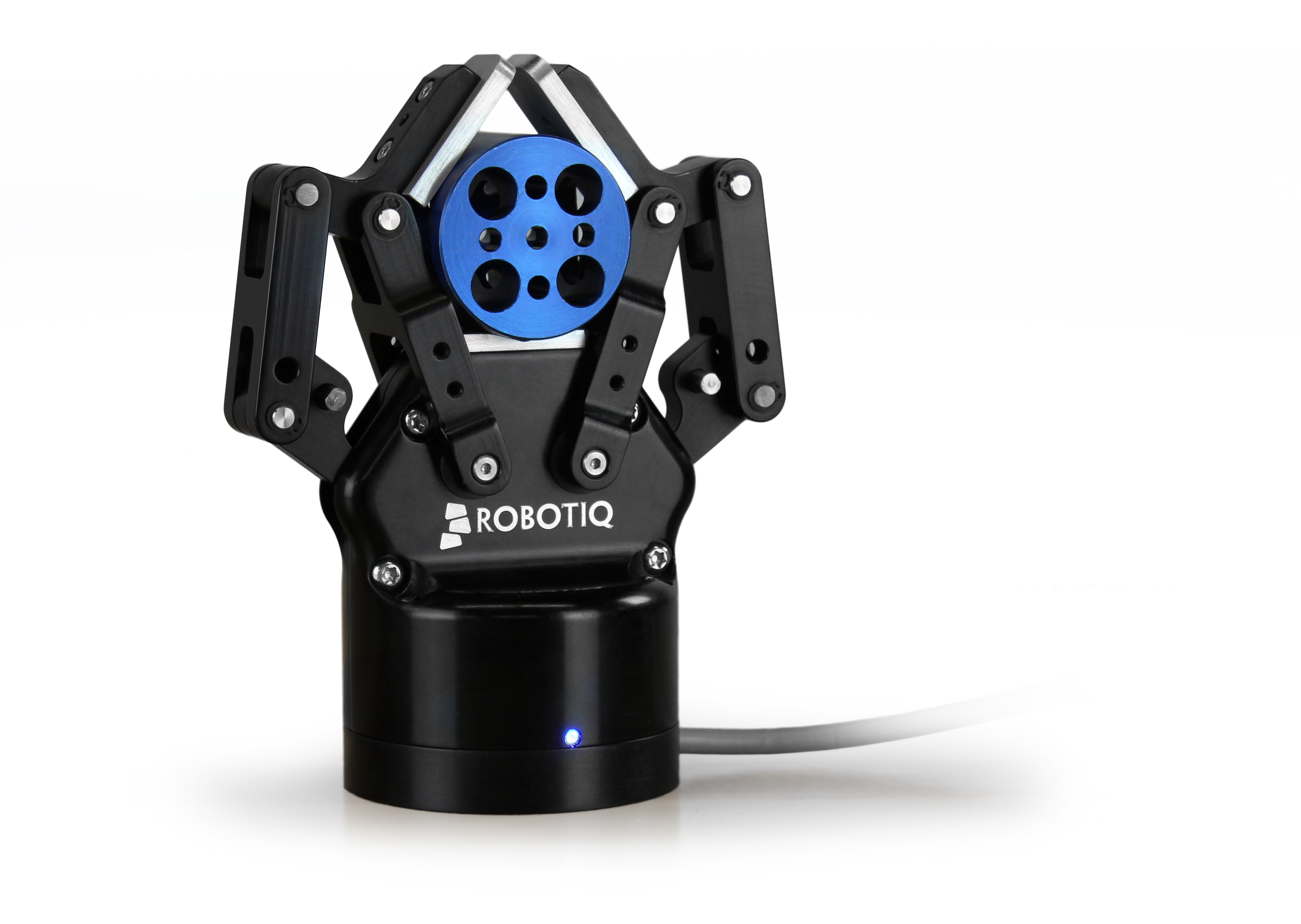New Control Options for the Three-Fingered Adaptive Robot Gripper

Posted on Mar 25, 2012 7:24 AM. 2 min read time
We, at Robotiq, believe that our three-fingered Adaptive Gripper offers flexibility to many applications because it can grasp objects with many different shapes while remaining simple to implement and control. To further improve the flexibility of the Gripper, we recently added functionalities to allow programmers to customize the behavior of the Gripper according to their specific needs.
functionalities to allow programmers to customize the behavior of the Gripper according to their specific needs.
During the implementation of the new options, we made sure to keep the control of the Gripper as simple as possible. This means that most of the new options have to be turned on to be available and therefore, for most users, the Gripper will still be controlled using basic commands. Today, I would like to do a brief summary of the new control options. You can take a look at our user manual for more details.
Gripper Finger Position Requests
This change simplifies how partial opening and closing are programmed. Before, we had to define minimum/maximum positions for the fingers and then send open/close commands. We modified this to allow the direct request of a position in a "go to position X" fashion. This makes the requests more intuitive as we directly enter the position where we want the fingers to go (if they do not contact an object while in motion).
Position Request Echo
In the Status Register we added an echo of the position request. This allows the master to know that its last command was received and interpreted. After this acknowledgment, the master can read the other status registers to see if the grasping motion has been completed or not.
Automatic Release
If for some reason an emergency stop has to be triggered to stop the robot, it is desirable that the Gripper releases the object it is currently holding in a safe and controlled manner. The automatic release option, when turned on, overrides any other command and slowly opens the fingers until they reach their mechanical limits. After an automatic release, the Gripper has to be reactivated to accept other commands.
Individual Control of the Scissor Axis
The Gripper has the possibility of adjusting the spacing between its two adjacent fingers. This is usually done by selecting one of the operation modes (pinch, basic or wide), which moves the scissor axis to predetermined positions. However, in some cases, the spacing has to be adjusted precisely in order to accomodate an object with a specific shape. By enabling, the Position Request option, the speed and the force level of the scissor axis can be adjusted independently.
Individual Control of the Gripper Fingers
Similarly, this option allows you (when enabled) to enter the position request, the speed and force level for each finger. This is usually not required to grasp objects. However, it can be useful in certain cases. For example, it allows you to position one finger to a preset location and then close the other fingers on the object. By doing so, the repeatability of the grasp is improved because one face of the object is positioned precisely by the finger's preset location.
It is important to remember that even though these options increase the flexibility of the Gripper, they do not complexify its control when it is used in its "simple" mode. Basically, the Gripper can be minimally controlled by selecting the operating mode, the desired speed and force and finally the position request of the fingers. The beauty of the Adaptive Gripper is that it will mechanically adapt to the object it seizes. In other words, complex grasping made simple!









Leave a comment